SciArt profile: Dhananjay Chaturvedi
Posted by the Node, on 8 August 2024
In this SciArt profile, we meet Dhananjay Chaturvedi, a developmental biologist who creates drawings inspired from nature and from his research into skeletal muscle homeostasis and repair in Drosophila.
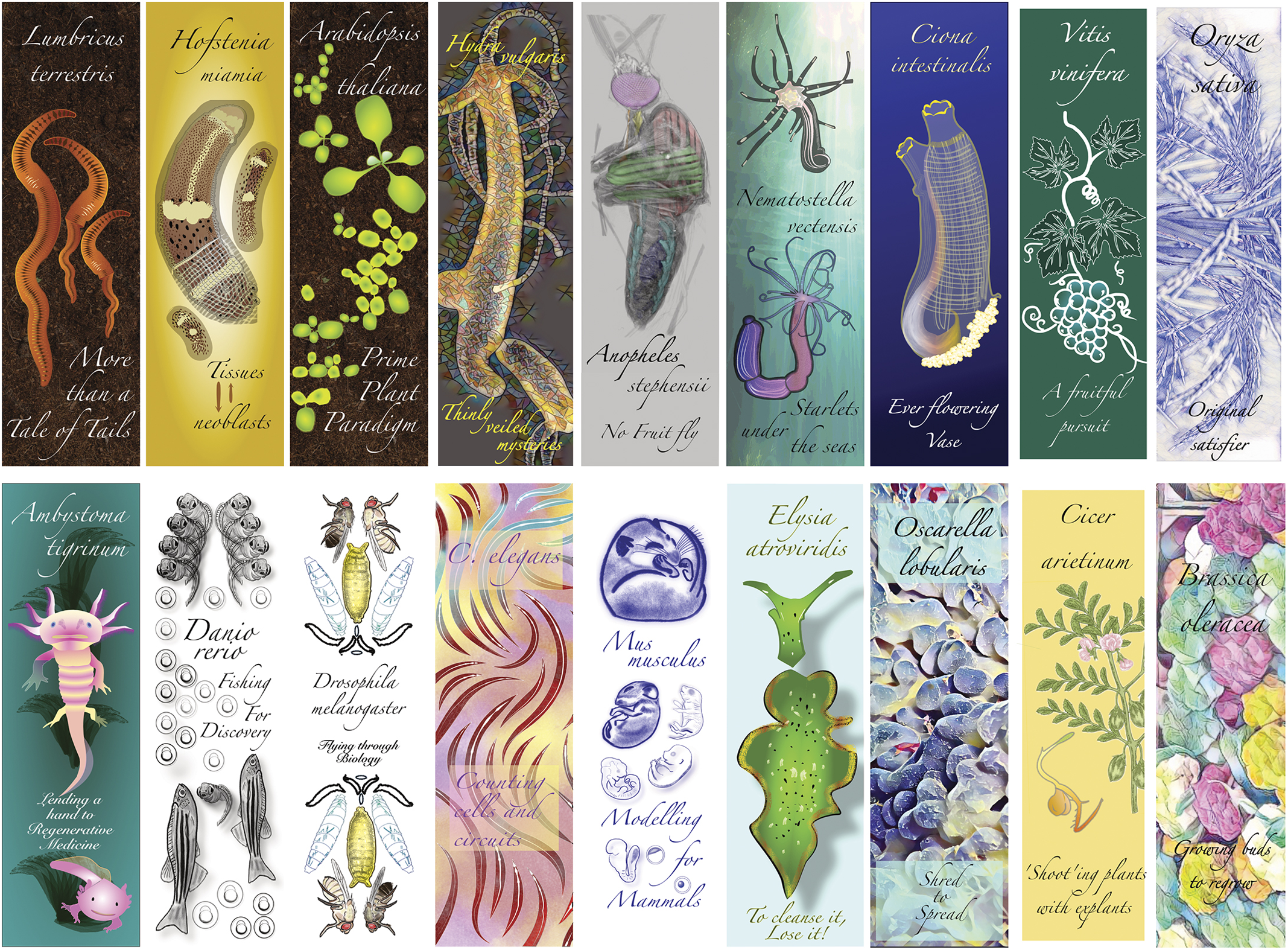
Can you tell us about your background and what you work on now?
I started my lab two years ago at the Centre for Cellular & Molecular Biology (CCMB), Hyderabad, India. My group looks at multiple aspects of adult skeletal muscle homeostasis and repair. We are currently relying on Drosophila to reveal in-vivo principles that we will test later in vertebrate systems. Our new findings find their roots in work I did as a Campus fellow at the National Center of Biological Sciences, Bangalore, in the lab of Prof K VijayRaghavan, from where some brilliant findings have come across fields. My foray into Drosophila started during my PhD in the lab of Dr Michael Buszczak at UT Southwestern Medical Center in Dallas, Texas. I saw their true value and potential to assess most biological problems inside a living organism with rigour. There, I investigated the role of chromatin modifiers in germline stem cells. My master’s was in the lab of Prof Shubha Tole at Tata Institute of Fundamental Research in Mumbai, India, where I investigated eye development in the Lhx2 mutant mouse, among other things.
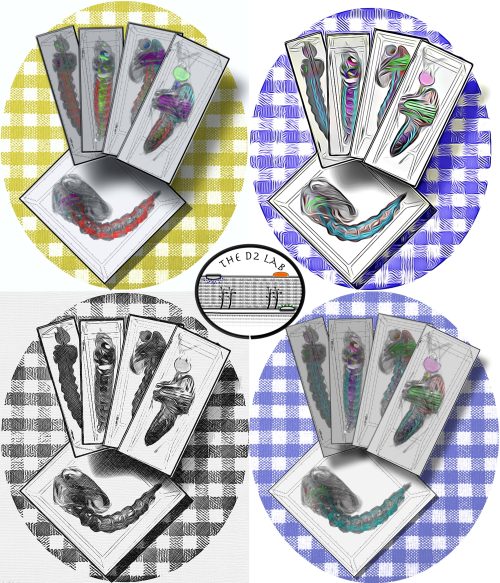
Were you always going to be a scientist?
While it may sound pretentious now, yes. I have always wanted to do research and teach. While my classmates prepared for more secure professions, I was fascinated by what I saw on the Discovery Channel and National Geographic as a child. Having seen another scientist in the family be perfectly happy with what they do, I geared my studies towards research in Biology. Experiment-driven research has had more lows than highs, but highs are incomparable to any other experience. Also, the lows kept me grounded, honing the sense of asking the right questions and doing the right experiments. To be honest, the practicalities of growing in research, like the complete uncertainty of a career until you’ve made it, have made me question my teenage choices a couple of times so far. Having said that, I am very happy with where I am right now, only looking to discover new things in nature.
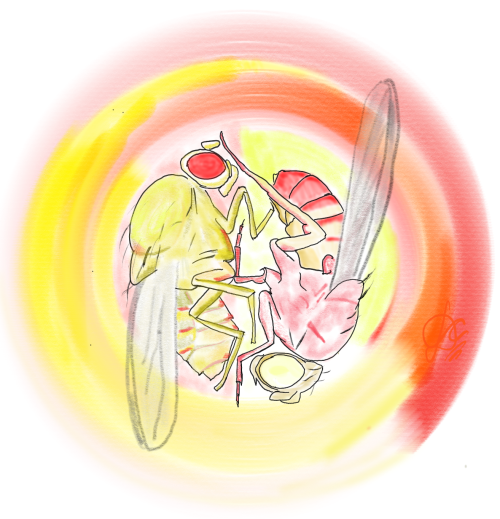
And what about art – have you always enjoyed it?
Drawing, among other ways, has been a means of self-expression since childhood. Most of my friends who like art are far more skilled than I am. I have found, however, that others appreciate my finished drawings a lot more than I expected. A combination of my own words and mental images helps me arrive at these.
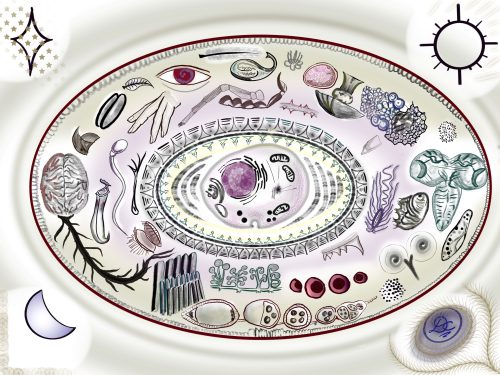
What or who are your most important artistic influences?
I cannot think of specific artists because my exposure and training are between limited and absent. Striking images that I have seen in nature and in my research would be the biggest influences. Order and chaos in natural patterns with the added dimensions of light and colour capture my imagination. Further, superimposing, juxtaposing or inverting these with images from entirely different contexts tickles my mind.

How do you make your art?
Lately, I start with a specific audience and message in mind. For instance, bookmarks that were shared at #CMMDR2024 are intended for the thousands of school students who come through CCMB’s Open Day. I remember what images excited me as a child, and I channelled them into those pictures. These were meant to draw students to nature, and science by extension.
Among other things, I’ve made posters and logos for public viewing. These need to be artsy enough to stand out while directly communicating intention with some detail. This is especially true for the schematics I make for presentations and papers. Often, what is published does not communicate my exact sentiments, so I have to make my own as accurately as possible. More recently, people have been making requests for specific occasions or venues, and I do what I can.
When I get time for myself, which is very little these days, I try to visualise the jumble of thoughts and make them as appealing as possible. These might seem “stimulated”, as a cousin once commented.
I rely on software for the simple reason that it allows me to correct mistakes and rework drawings quickly. Further, there are tools that allow one to model portions of images from photographs, helping me arrive at my vision far quicker than my skills with other media would allow. I started using these, in fact, when I started making schematics for presentations and papers.
Does your science influence your art at all, or are they separate worlds?
The art I have admired is evocative, often portraying the human experience or aspirations. To me, it is a way for people to express what they see and feel. My drawings can only channel what occupies my mind the most, which is wonder for nature. So, I cannot see science and art as two separate worlds; rather, one is the manifestation of the other.
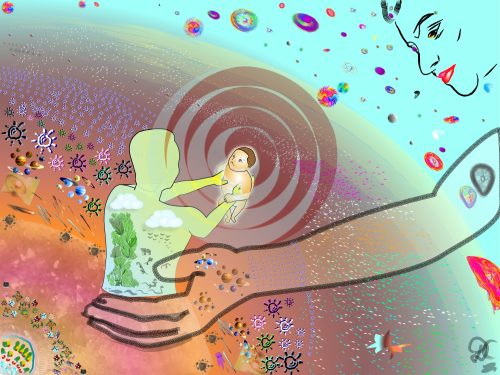
What are you thinking of working on next?
I want to draw something that conveys the oneness of the pursuit of truths of nature and society, that they are inseparable. Though, this may be hard to appreciate from siloed views. The vision has not crystallised yet. It may take a while before it does. Several simpler drawings may appear before this idea begins to materialise.
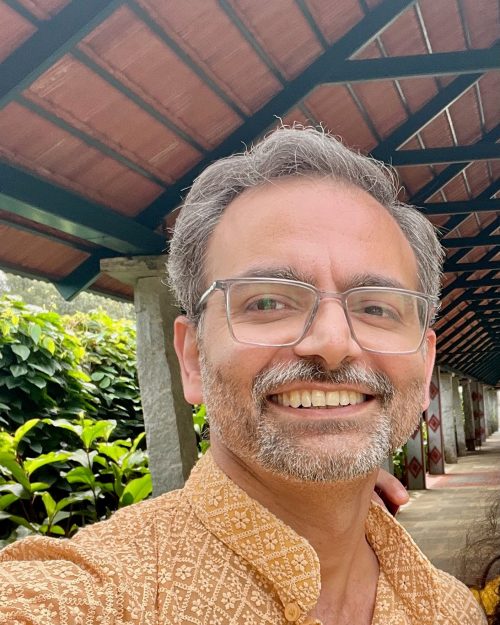


 (2 votes)
(2 votes)
WOW! these are really creative and “tickle” the viewer’s mind too! wonderful to discover your diverse talents :)
During your MSc we saw your theatre, mimicry, and dance in spades :)
keep creating!
Shubha